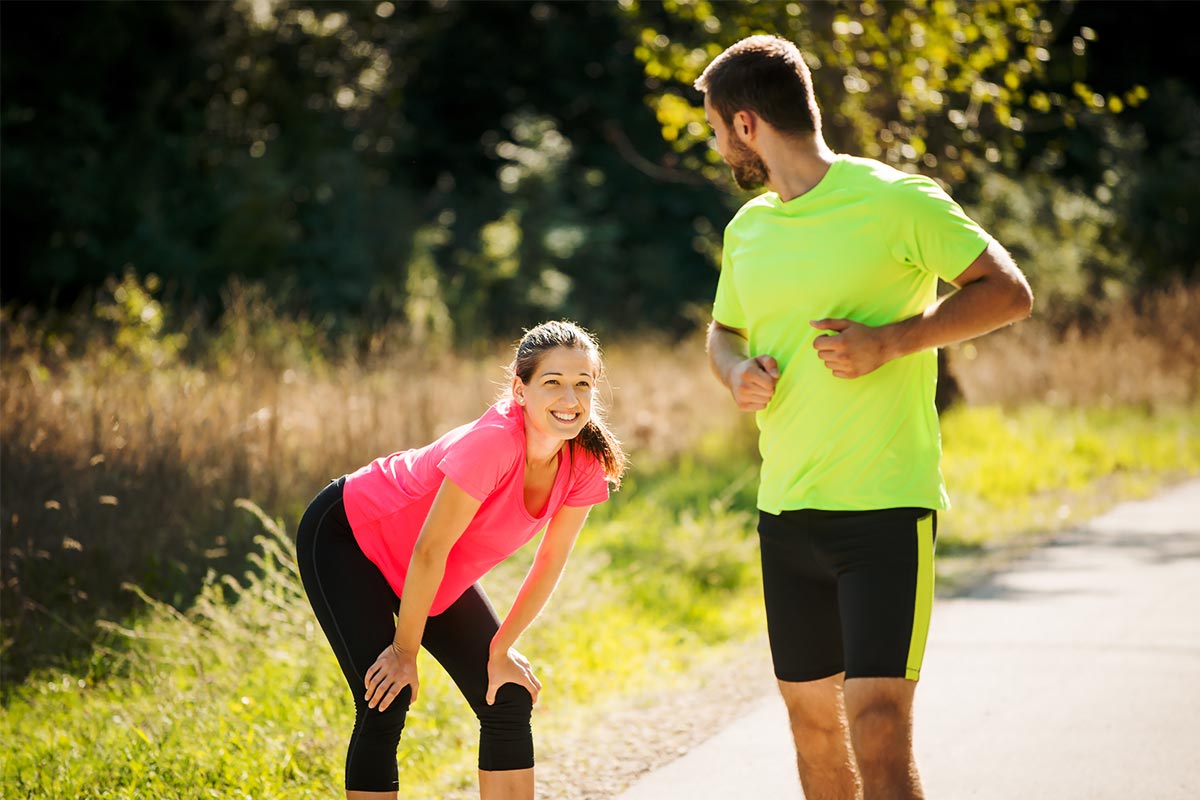Our Blog

A Definitive Guide to the Best Glute Exercises
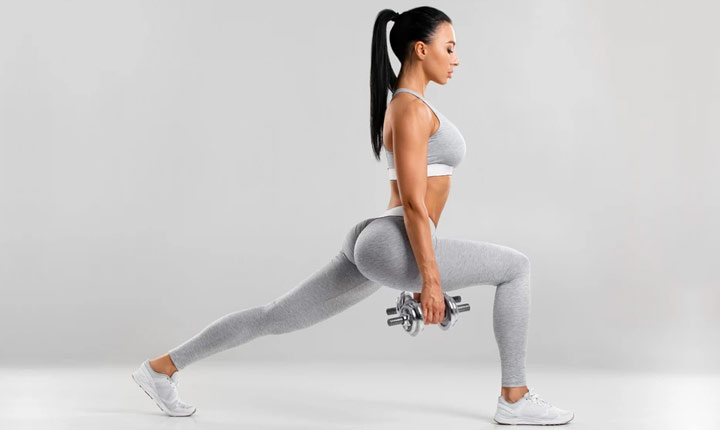
One of the most common reasons for people to enroll in a gym is to strengthen their glutes. After all, who doesn’t want tighter, firmer, and well-shaped glutes? Not only do they make you more attractive, but they have health benefits as well since they support your lower back. Therefore, to help you out with the same, today we are listing out some of the most efficient glute exercises that will give you the glute of your dream.
But before we find out about these exercises, let us try and understand how exercises can help shape your glutes. It will help you to understand your body better. Your butt is not made of one muscle only, and a lack of knowledge regarding your glutes will stop you from exploring your full potential.
Understanding Your Glute Muscles
As we stated above, your butt is not made one muscle only. There are, in fact, three muscles that shape up your butt. These three muscles each have distinct roles and can be activated to varying degrees based on the type of exercises you are performing, the position of your body, and your range of motion. The glute exercises focus on these three muscles to shape up and strengthen your glutes. These three muscles are as follows:
Gluteus Maximus
Responsible for extending your legs/hips forward, the gluteus maximus is large in size and is the one where most of your focus should be on while performing glute exercises since it holds the most potential (apparent from its name) for growth.
This muscle is used for walking, running, thrusting, and for performing deadlifts, glute bridges, bird-dog exercise, among others.
Gluteus Medius
Next up is the Gluteus medius which sits directly below the gluteus maximus. Its primary function is to stabilize your pelvic activities. It helps your thighs to move away from the body during movements.
This muscle stops our pelvis from dropping to the other side when we are running or walking up the staircase.
Gluteus Minimus
The smallest glute muscle in your body, the gluteus minimus is located underneath the gluteus medius. It helps in the rotation of the hips apart from acting as a hip stabilizer.
Now that you a fair idea of the glute muscles you need to take care of, let us familiarize you with some of the most efficient glute exercises out there.
The Best Glute Exercises That You Need Check Out
First of all, we want to tell you that everyone’s body type is different and the exercises that you perform will be governed by multiple factors including the condition of your health, past injury history, among others. Therefore, it is suggested to always workout under the supervision of a trained professional. The best multi-gyms in the country provide consultation from certified trainers who task you with exercises that are best suited for you.
Nonetheless, the exercises that we are mentioning in this list can be mostly performed by anyone, but still, get consultation beforehand.
So, here are some of the best glute exercises for you:
Deep Squats
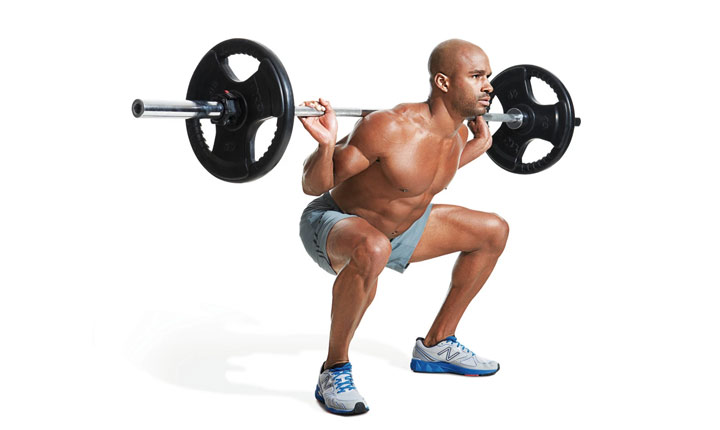
Deep squats play a pivotal role in activating the gluteus maximus, especially when compared to partial and parallel-depth squats since they only focus on the quads instead of the glutes.
It helps if you begin this exercise with weight in the form of barbells, although you can do it free-hand as well. So, first of all put the barbell on top of the back of your shoulder. Keep your head and chest straight. Make sure that your legs are wider apart from each other than your shoulder width.
Next, lower your butt back down while bracing your abs. Just pretend that you are sitting on a chair. Put the weight on your heels and go as below parallel as you can while keeping your back straight. Many people make the mistake of tilting their pelvis. Avoid that at all costs.
Hip Thrusts
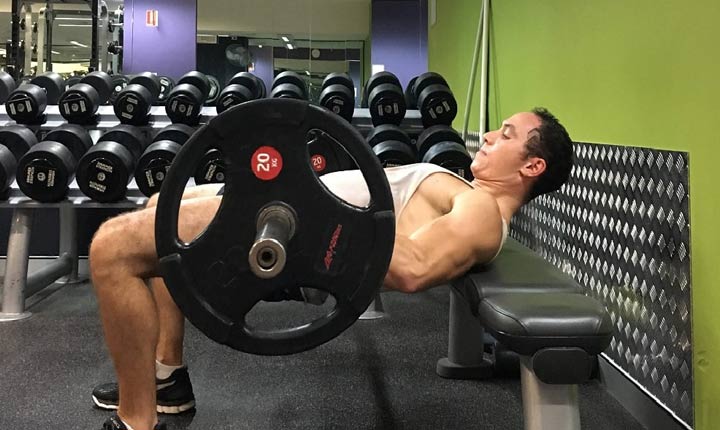
Known as the ‘gluteus maximus booster’, hip thrusts are built around the hip extension movements. This is a very injury-friendly exercise since it doesn’t involve putting weight on the back.
To do this, start by sitting on the floor and keep a bench behind you. Next, keep a loaded barbell over your feet near your hips. For ensuring comfort, you can even use a pad on the bar. Follow this by leaning back against the bench.
Star moving by extending your hips upward by driving through your heels. Keep extending as much as you can (without overexerting your body, of course). Get back to the starting position by reversing the motion.
Kettlebell Swings
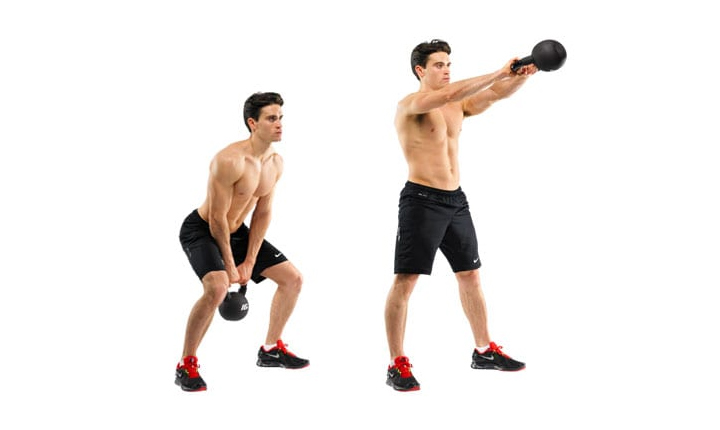
Another exercise that is pretty much safe to perform since they don’t impose any stress on your back is the kettlebell swing. Some personal trainers even call it a self-sufficient exercise, meaning you can perform only this and not have to worry about performing other glute exercises.
To perform kettlebell swings, you need to start by leaning forward to place both of your hands on the kettlebell. Please ensure that your core is engaged and your back is flat before leaning forward.
Also, your legs should be wider apart from each other than your hip-distance. Slightly bend your knees and drive the hips back. Next, drive your hips forward as you swing the kettlebell. Both your glutes and core should be engaged. The main idea is to maintain a sense of fluidity in your motion.
Many people assume that the motion should come from their quads or arms, but that is not true. Your hips should generate the motion. The weight has to be lowered back down in between your feet and based on your level of comfort, should be swung for desired reps.
Deadlifts
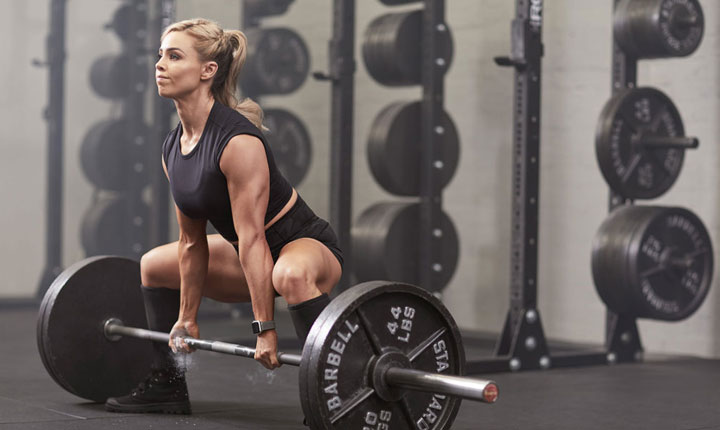
We should begin discussing this exercise by stating that this is not only a great exercise for your glutes but also your entire lower body strength. However, if not done under strict supervision, it can cause serious injury. So, be cautious!
For doing deadlift, you need to stand close to the bar you are about to lift. Make sure that your shins graze the bar. It also has to be centered over your legs. Keep your legs hip-width apart from each other.
Slowly and steadily, bend down from your hip to grab the bar at shoulder width. Your core must be braced and back should be flat. Next up, you need to flex your knees and lower the hips. To move the weight upward, you need to drive through your heels.
Once the bar passes your knees, pull the bar back by generating a hip-thrusting motion that drives your hips forward.
To put the bar back to the ground, bend your hips to ensure that your lower back doesn’t have to endure any excess load. We strongly suggest avoiding this exercise when you are alone. Do it with your fitness trainer or with your peers because of the risks involved.
If you need more information on doing deadlift, here’s our detailed deadlift guide.
Quadruped Hip Extensions
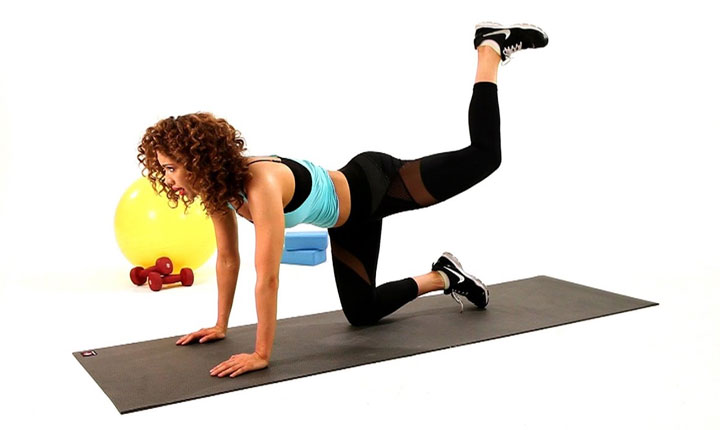
Quadruped hip extensions are extremely underrated, especially by those who are new to the whole fitness world. Its potential for activating the glutes is far-reaching.
To do this, you need to get on your knees and hands while bracing your abs and keeping your back neutral. Follow this by driving your feet upward so that your knee is kept at a 90° angle throughout the movement.
Your knee, thigh, and hip must be properly aligned to the ground and your leg should face the ceiling. Before switching to the other side, please ensure that you repeat for all reps by lowering back down.
There a couple of things that you need to keep in mind while performing quadruped hip extensions. First of all, do not arch your back at any cost. You have to make sure that your spine and neck are aligned with each other. By that, we mean straight alignment, not upward alignment.
Secondly, you can increase the intensity of this exercise by holding a lightweight dumbbell behind your knees or by adding ankle weights. As with all other exercises mentioned on this list, don’t overestimate yourself. Start slow!
Wrapping Up
Glute exercises are not for giving you a desirable appearance only. They help in strengthening your glutes. If you keep working on the other areas of your body and neglect your glutes, you will put yourself in a vulnerable position. Your glutes support your lower back. So, ensuring that they are tight, firm, and strong is essential for every fitness freak.
For people who spend a significant amount of their time sitting in front of a computer, glute exercises are necessary for them as well since it is your glutes that hold the pelvic together. So, when you don’t move around much or not engage in too much physical activity, you might develop pelvic instability. This can not only be painful, but also affect your ability to walk, run, and even stand effortlessly in the future. So, work your glutes for a better and healthy fitness life.




